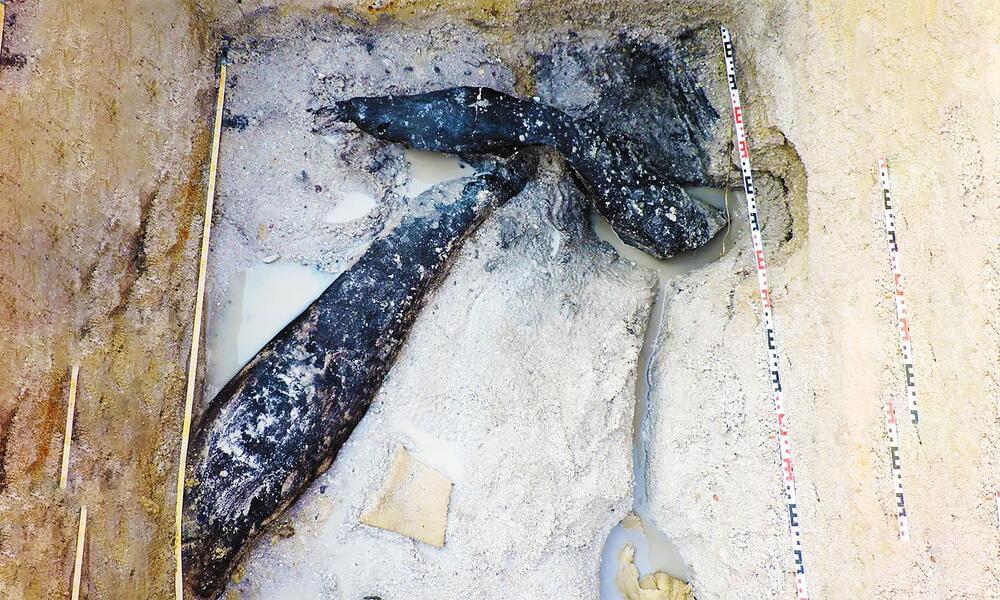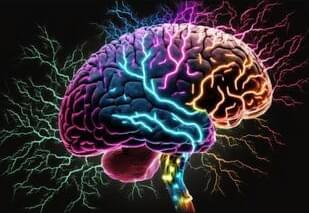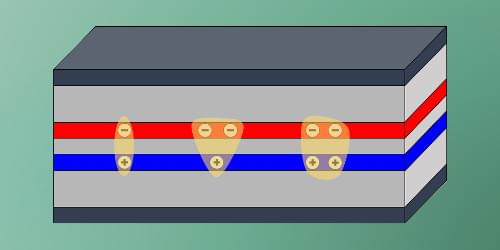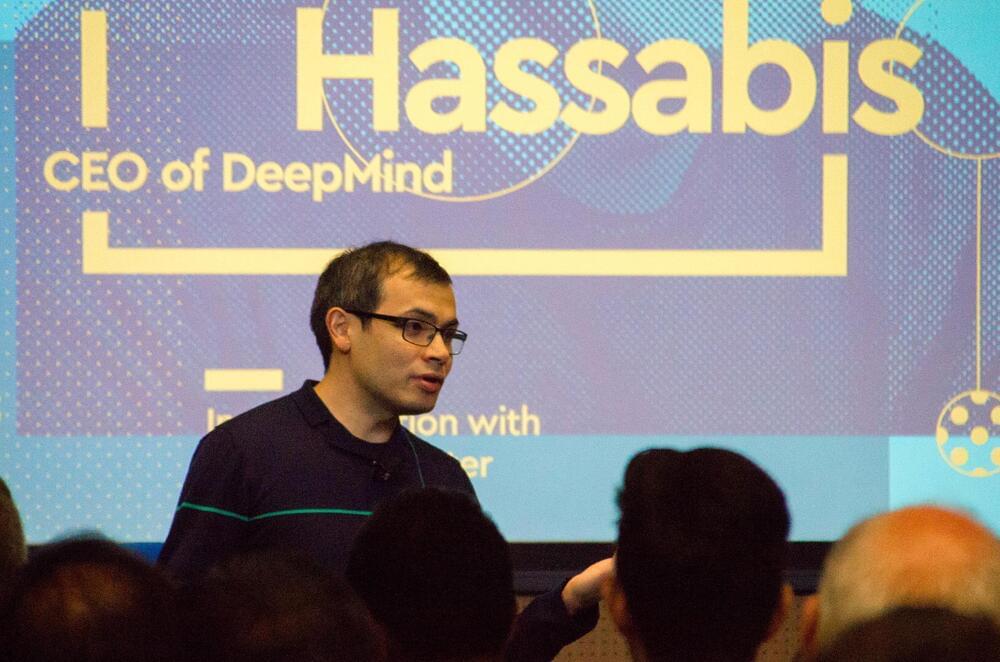The archaeological landscape is rarely static. Discoveries continuously shift our understanding of the past, forcing us to redraw the boundaries of what we thought was possible or likely. A recent find on ancient woodworkings at Kalambo Falls, Zambia, is a prime example – it introduces us to early hominin builders with unexpected skills, operating long before the rise of Homo sapiens.
The unique conditions at Kalambo Falls were instrumental in the extraordinary preservation of ancient woodworking artifacts.
The site’s lush vegetation, sustained by a reliable water source, provided the necessities of life, making it a consistently appealing location for various hominin species across vast stretches of time. This long-term occupation increased the likelihood of artifacts being left behind.








